
How Long Will Parylene Coating Last?
The stability and insulation property of Parylene conformal coating is critical for the reliable operation of electronic devices throughout their lifetime (PCBs, MEMS, sensors, implants and so on.). The failure mechanism of the conformal coating layers is known to be due to pore formation, blistering, delamination and thinning or pinhole formation due to dielectric breakage of the coating over time [1], [2]. Therefore, the surface where the interface between the conformal coating and the substrate will be formed is of high importance. The cleanliness of this surface has a great impact on the final results of the conformal coating process and the coatings durability. At Diamond MT we provide professional surface cleaning services ensuring the long lasting results for your components. Also, the parylene conformal coating thickness and parylene varieties required for different service are considerations to take into account. We offer our professional services to direct our customers. Some of the variables of different service conditions can be listed as:
-
Humidity /Moisture: Naval applications, salty water, bodily fluids for implants, humid areas.
-
Temperature: Thermal shock conditions (High thermal gradients), hot and extreme cold climates, body (37 °C’s).
-
Chemicals: Oxidative gases, acidic, basic liquids can penetrate through protective layers inevitably leading to the device failure.
-
Mechanical impact: Sensors may encounter friction, compression, tensile stresses and bending under service conditions.
Accelerated lifetime tests:
Method: Test methods for standard electronic and electrical component parts are determined by MIL-STD-202. Testing of sealing, mechanical, chemical and thermal properties are described by MIL-STD-202 [3]. Most common test method is the accelerated-lifetime soak testing. The test is conducted in saline at elevated temperatures that is relevant to the electronic part and the lifetime of Parylene conformal coatings are determined.
Literature: Literature lists a variety of applications where a combination of affecters are found together.
-
Oxidation and Temperature:
An extensive study on the effect of temperature and oxidation of Parylene C and N was conducted. The study used films of both Parylene N and C of thicknesses between 10 and 20 μm. Temperatures between 125°C and 200°C were used to detect the degradation of Parylene films in terms of their flexibility and mechanical properties. It was reported that the minimum useful lifetime of Parylene conformal coating at 25 °C (in the absence of light) is 2,200 years for type N and 130,000 years for type C. At higher temperatures (Table 1) these numbers drop abruptly [4].
Table 2: Estimation of failure time for Parylenes at various temperatures [4].
|
Temp |
25 °C |
150 °C |
164 °C |
175 °C |
184 °C |
200 °C |
|
Parylene N |
2,200 yr |
4.5 - 5.9 hr |
0.6 hr |
0.3 hr |
0.1 hr |
0.06 hr |
|
Parylene C |
130,000 yr |
55 hr |
5.7 hr |
0.7 hr |
-
Moisture, corrosion, temperature:
For use in biomedical applications, the electronic chip is packaged in Parylene C (FDA approved, biocompatible) conformal coating. The package is immersed in saline solution at body temperature (37°C) for elongated times. Table 1 resumes the results of the study. The thicker, 9.2 μm Parylene C has a long term stability. It has been shown that the Parylene can protect the metal electrode for more than 60 years. This result shows that Parylene C is an excellent structural and packaging material for biomedical applications when applied at right thickness [5].
In another study, a Parylene C packaged intraocular coil for retinal prostheses were investigated for their stability at 77 and 90 °C’s. Again, a long term accelerated lifetime soak testing was performed in saline. In addition, a post-fabrication heat-treatment was performed in a vacuum oven with N2 backfill at 200 ºC, this treatment is known to lower the water permeation of Parylene thin film. The failure modes were listed as bubbles and delamination in the sample soaked at 90 °C after 23 days. No delamination or major physical corrosion was reported for the sample immersed at 77 ºC for over 80 days. Using these results they predicted parylene C stability at 37 ºC for over 20 years [6].

Figure 1: A fabricated intraocular coil, the metal coil is encapsulated between two layers of Parylene C (each parylene layer is 5 μm thick and the total thick is ≈ 10 μm) [6].
Pressure sensors are enclosed in silicone oil to protect the circuit from water molecules or ions. In a study, researchers exploited the unusual fact that parylene can deposited directly on oil and its long-term lifetime of implantable pressure sensors were studied. In the study, the sensor was encapsulated in situ using parylene-C or –D, also the study used an uncoated control sample which failed in a day at 67 °C in saline. It was reported that the longest saline soaked device while maintaining adequate sensitivity and minimal offset was the one with “30,000cSt Silicone Oil + 27 μm Parylene D,” that lasted for 6 weeks at 77 °C, equivalent to 21 months at 37 °C. Parylene D is similar to Parylene C with a higher glass transition temperature thus can withstand moderately higher temperatures [7].
In conclusion, we can state that when the parylene type, thickness are selected carefully, the surface preparation is correctly done the parylene conformal coating is very stable and will withstand for the lifetime of the devices they protect.
REFERENCES:
[1] S. Minnikanti et al., “Lifetime assessment of atomic-layer-deposited Al2O3-Parylene C bilayer coating for neural interfaces using accelerated age testing and electrochemical characterization,” Acta Biomater., vol. 10, no. 2, pp. 960–967, Feb. 2014, doi: 10.1016/j.actbio.2013.10.031.
[2] A. Heid, R. von Metzen, A. Stett, and V. Bucher, “Examination of dielectric strength of thin Parylene C films under various conditions,” Curr. Dir. Biomed. Eng., vol. 2, no. 1, Jan. 2016, doi: 10.1515/cdbme-2016-0012.
[3] “MIL-STD-202 , Test Method Standard for Electronic and Electrical Component Parts.” https://www.document-center.com/standards/show/MIL-STD-202 (accessed Dec. 18, 2019).
[4] D. W. Grattan and M. Bilz, “The Thermal Aging of Parylene and the Effect of Antioxidant,” Stud. Conserv., vol. 36, no. 1, pp. 44–52, 1991, doi: 10.2307/1506451.
[5] W. Li, D. C. Rodger, E. Meng, J. D. Weiland, M. S. Humayun, and Y.-C. Tai, “Wafer-Level Parylene Packaging With Integrated RF Electronics for Wireless Retinal Prostheses,” J. Microelectromechanical Syst., vol. 19, no. 4, pp. 735–742, Aug. 2010, doi: 10.1109/JMEMS.2010.2049985.
[6] W. Li, D. C. Rodger, E. Meng, J. D. Weiland, M. S. Humayun, and Y.-C. Tai, “Flexible Parylene Packaged Intraocular Coil for Retinal Prostheses,” in 2006 International Conference on Microtechnologies in Medicine and Biology, May 2006, pp. 105–108, doi: 10.1109/MMB.2006.251502.
[7] A. M. Shapero, Y. Liu, and Y.-C. Tai, “Parylene-on-oil packaging for long-term implantable pressure sensors,” Biomed. Microdevices, vol. 18, no. 4, p. 66, Jul. 2016, doi: 10.1007/s10544-016-0089-4.
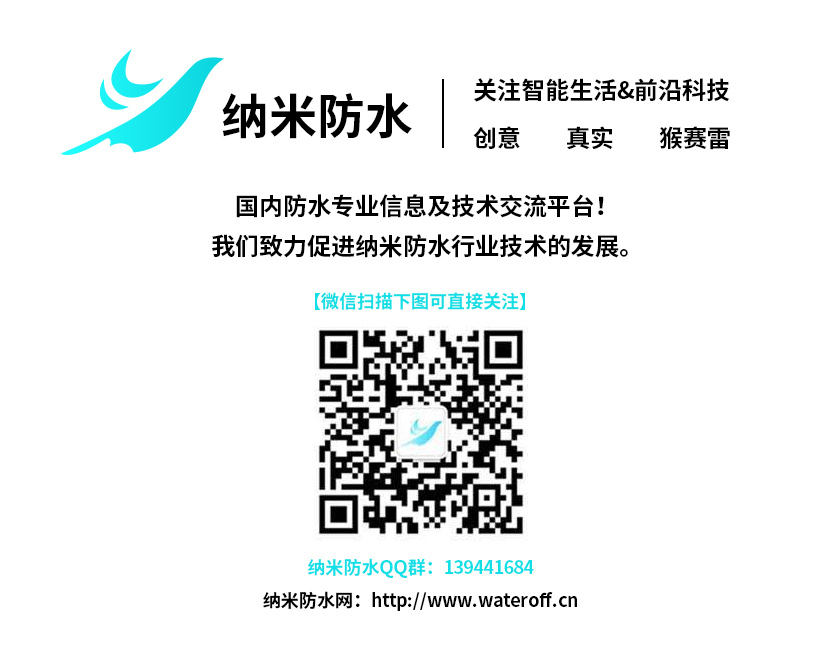
隨著電子產(chǎn)品防水需求的不斷提高,從原先的 IP54到現(xiàn)在的IP67IP68等級(jí)!市場(chǎng)上出現(xiàn)了防水透氣膜和防水透音膜,目前這兩種不同的材料應(yīng)用被搞混了,今天便與大家一起討論防水透氣
最近各地降雨量激增,所以手機(jī)就難免會(huì)沾點(diǎn)水,作為生活中不可或缺的電子產(chǎn)品,防水已經(jīng)成為一個(gè)十分重要重要功能,而且個(gè)人對(duì)目前的IP68手機(jī)市場(chǎng)是相當(dāng)不滿意的。為什么?太貴
自然界中荷葉具有出淤泥而不染的典型不沾水特性(學(xué)術(shù)上稱為Cassie-Baxter狀態(tài)),具有自清潔、抗結(jié)冰、減阻、抗腐蝕等廣泛應(yīng)用價(jià)值,而玫瑰花瓣則具有水滴高粘附特性(稱為Wenze
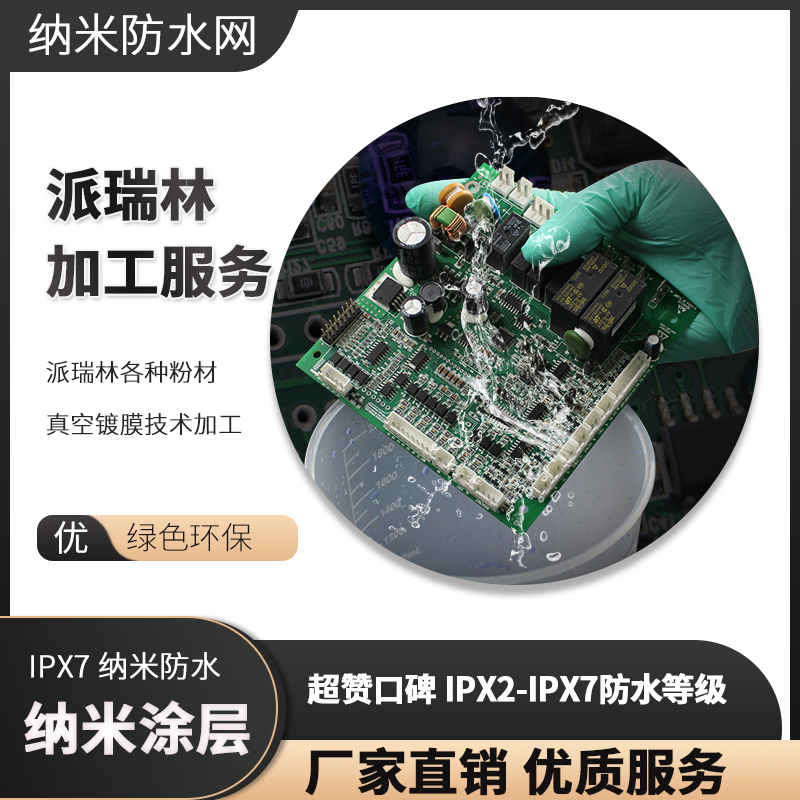
派瑞林各種粉材真空鍍膜技術(shù)加工 納米涂層防水處理
派瑞林各種粉材真空鍍膜技術(shù)加工 納米涂層防水處理
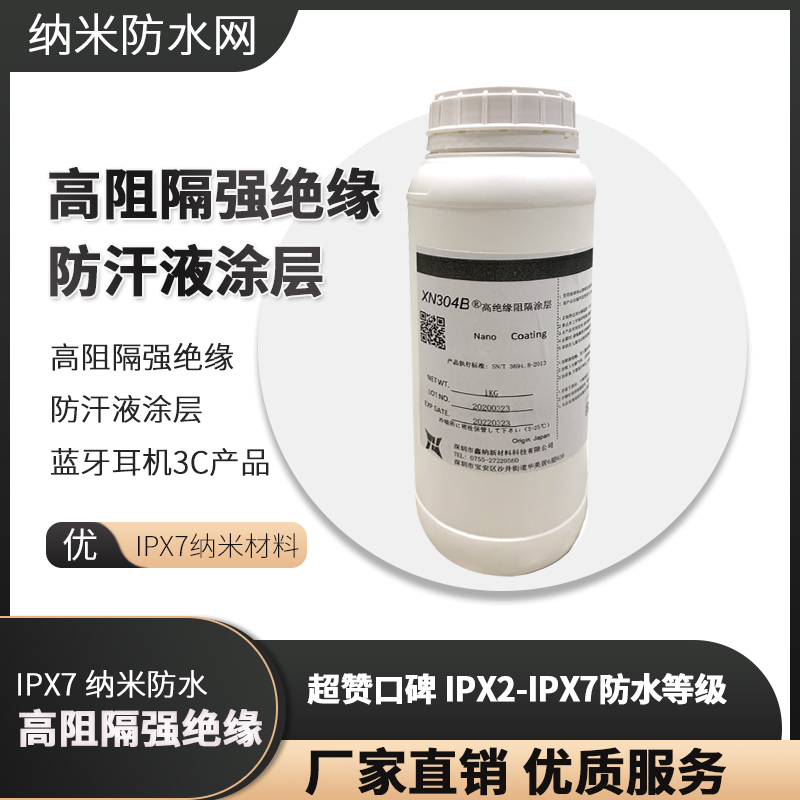
高阻隔強(qiáng)絕緣防汗液涂層藍(lán)牙耳機(jī)3C電子產(chǎn)品IPX7納米材料
高阻隔強(qiáng)絕緣防汗液涂層藍(lán)牙耳機(jī)3C電子產(chǎn)品IPX7納米材料
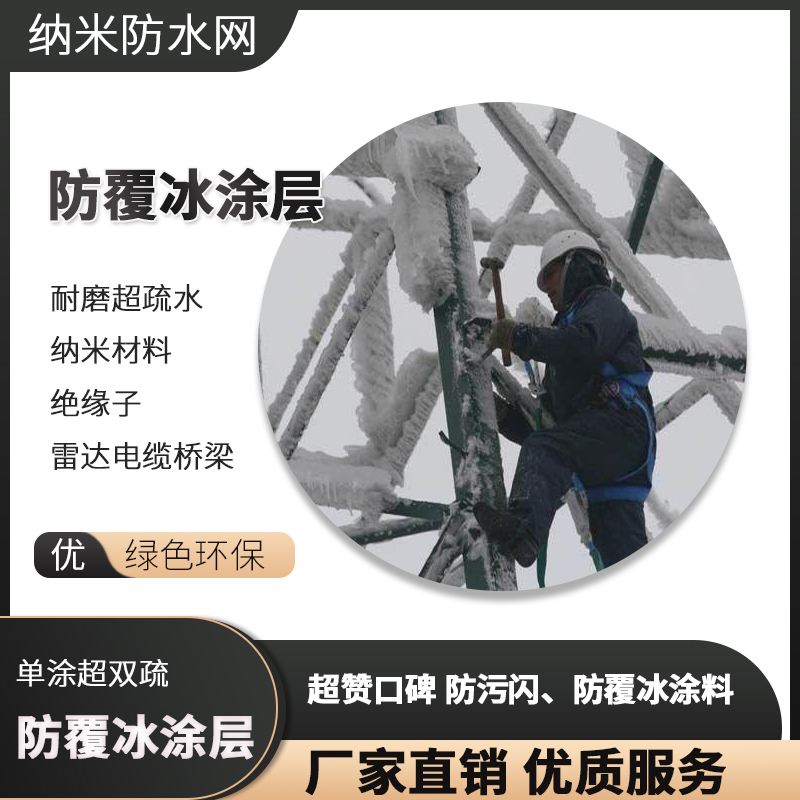
耐磨超疏水納米材料 絕緣子架空導(dǎo)線電纜橋梁防覆冰涂層
耐磨超疏水納米材料 絕緣子架空導(dǎo)線電纜橋梁防覆冰涂層
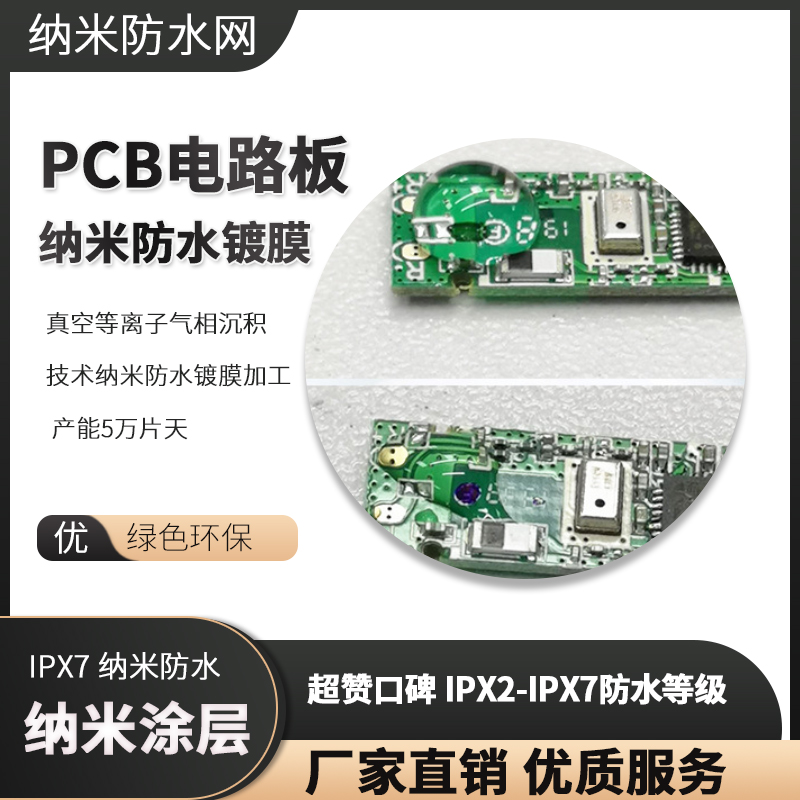
真空等離子氣相沉積技術(shù)納米防水鍍膜加工 產(chǎn)能5萬(wàn)片天
真空等離子氣相沉積技術(shù)納米防水鍍膜加工 產(chǎn)能5萬(wàn)片天
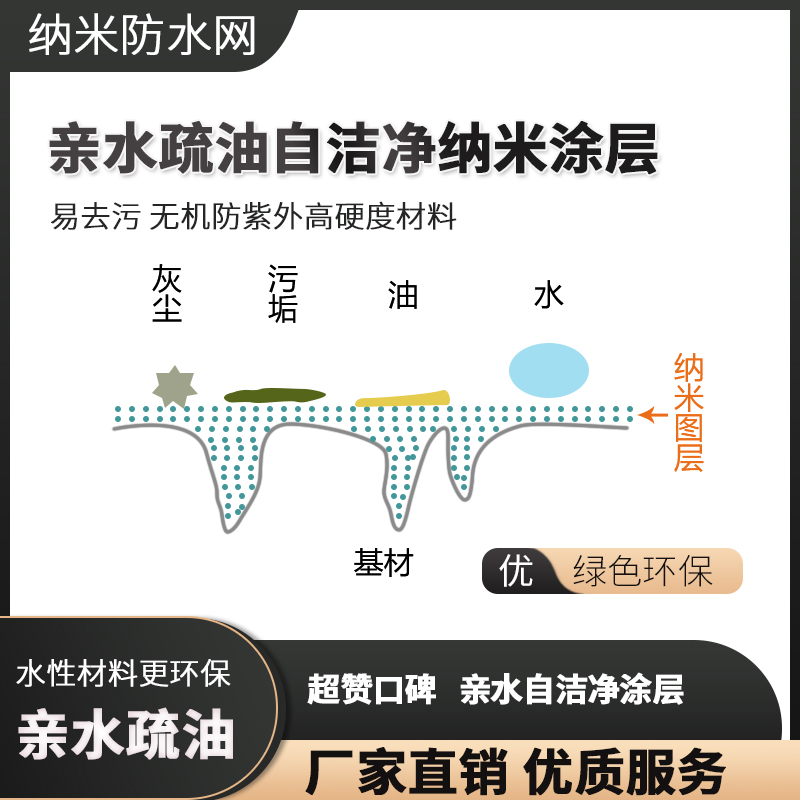
親水疏油自潔凈納米涂層 易去污 無(wú)機(jī)防紫外高硬度材料
親水疏油自潔凈納米涂層 易去污 無(wú)機(jī)防紫外高硬度材料
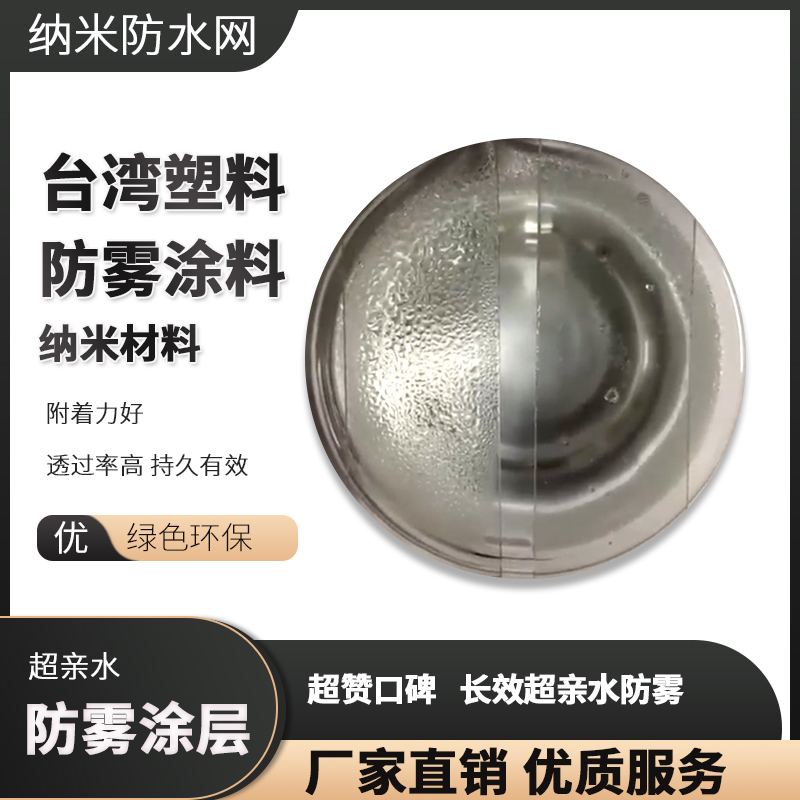
臺(tái)灣超親水防霧塑料專用 附著力好 透過(guò)率高 持久有效
臺(tái)灣超親水防霧塑料專用 附著力好 透過(guò)率高 持久有效

